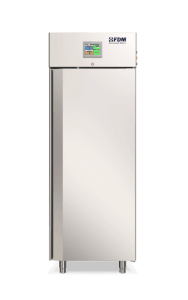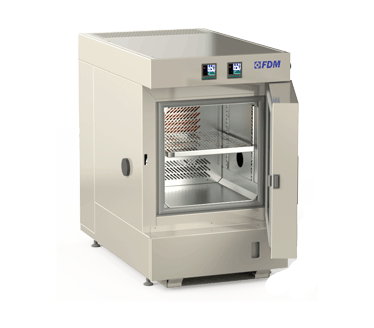
What Is Frost Susceptibility
Frost susceptibility (also simplified freezing) is the tendency of a material to change its physical characteristics and hence possibly also to break, following the stress due to the freeze-thaw cycles to which it is subjected. This term is associated mainly with the earth, rocks and in general with building materials such as cements and concretes and their relationship with phenomena like imbibition.
Imbibition is the absorption of water by a material without there being any chemical reaction, i.e. without the water having any effect on the pre-existing properties of the material in question. When this happens however, the so-called imbibition coefficient of the material changes.
Water, together with rain and humidity, permeates the material and turns into ice with the lowering of temperatures, increasing its volume. The subsequent rise in temperature and the repetition of this cycle causes the material to deteriorate and disintegrate.
The solid bodies that undergo changes in their conformation due to frost are called precisely, frost susceptible.
On the contrary, the materials that resist these stresses are called frost-insusceptible or anti-freezing.
They resist cycles and hence are optimal for use in parts of the world where temperatures drop even many degrees below zero.
Frost Susceptibility Testing
The specimen is subjected to a temperature, in most testing cases, of 10° low for an X time and 35° high for a Y time. All this replicated for a n. Z. of cycles.
We use a non-defined variable in the explanation as, each regulation indicates, based on the use and type of material, its own specification.
The frost susceptibility testing includes, in addition to the test itself, a visual inspection analysis to detect any changes in the volume and elasticity of the material after each freeze-thaw cycle.
At the end of the test, the material must have maintained its characteristics unaltered, without lesion and with a weight loss of not more than 2% and a compressive strength of not more than 25%, compared to samples not under test of the same type.
Perform Tests of
Thermal stress
Discover the new series of Climate Chambers for Thaw/Freeze testing
Regulations For Frost Susceptibility Testing
Among the regulations governing frost susceptibility testing, we find:
You cannot find the ideal chamber for your test?
Create your own environment, according to any test requirement
Environmental Chamber for Frost Susceptibility Testing
For frost susceptibility tests, generally chambers with standard features are used, with a temperature range from -25/70°, using the part in temperature below zero, to simulate, in fact, the frost condition.
The CB-CS series by FDM fully satisfies all the characteristics that the instruments for climatic tests of freezing must have, but our machines can be customized for each type of requirement.
Do you have a particular rule that does not fit into any standard? Contact one of our experts and design with him the customized climatic chamber for his test.
Do you Require to Perform Frost Susceptibility Testing?
Discover the FDM Climate Chambers for material testing



